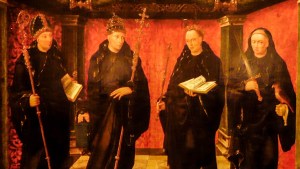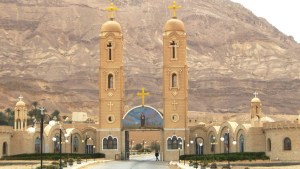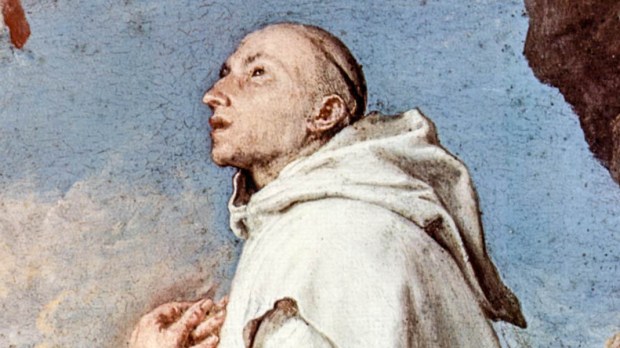Several centuries after the founding of the Benedictine Order, a learned man named Bruno was frustrated with the corruption of priests and bishops in the city and ventured out to the wilderness to seek out a place of solitude and peace.
In 1084 a bishop of Grenoble, France, offered to Bruno a valley located in the Chartreuse mountains. Bruno arrived at the valley with six other companions and they build a few log cabins to live together in a religious community. A unique type of contemplative life arose from this small community that later spread across Europe and the world.
Here is a brief guide to the order, detailing the basics of this distinct mode of religious life.

Read more:
What you need to know about the Order of St. Benedict
Names & Abbreviations: Order of St. Bruno, Carthusians (after the Chartreuse valley), O.Cart.
Date of Foundation: 1084
Founder: St. Bruno
Motto & Charism: Stat crux dum volvitur orbis, Latin for “The Cross is steady while the world is turning.”
According to the Carthusian Order’s website, “The only goal of the Carthusian way is CONTEMPLATION, by the power of the Spirit, living as unceasingly as possible in the light of the love of God for us, made manifest in Christ. This implies a purity of heart, or charity: ‘Blessed are the pure in heart, for they shall see God.’ (Matthew 5:8) Monastic tradition also calls this goal pure and continuous prayer.”
Additionally, “The first essential characteristic of our life is the vocation of solitude, to which we are especially called. The Carthusian monk searches for God in solitude. ‘The primary application of our vocation is to give ourselves to the silence and solitude of the cell. It is holy ground, the area where God and his servant hold frequent conversations, as between friends. There, the soul often unites itself to the Word of God, bride to the groom, the earth to the sky, man to the divine.'”
This solitude is “lived on three levels: Separation from the world, The cell, Interior solitude, or solitude of the heart.”
Yet, while the monks primarily live in solitude and silence, there is also an aspect of community life that unites them in their interior search for God. This includes common liturgical celebrations as well as times for recreation and fellowship. In all things Carthusians seek simplicity.
In English, Carthusian communities are known as charterhouses, from an Anglo-French pronunciation of Chartreuse.
Examples of Carthusian Communities: Some Carthusian communities include the Grande Chartreuse (featured in Into Great Silence), the Charterhouse of the Transfiguration and St. Hugh’s Charterhouse.
Famous Carthusians: St. Anthelm, and St. Hugh of Lincoln

Read more:
What you need to know about the Order of St. Augustine

Read more:
These Christian monasteries are the oldest in the world

